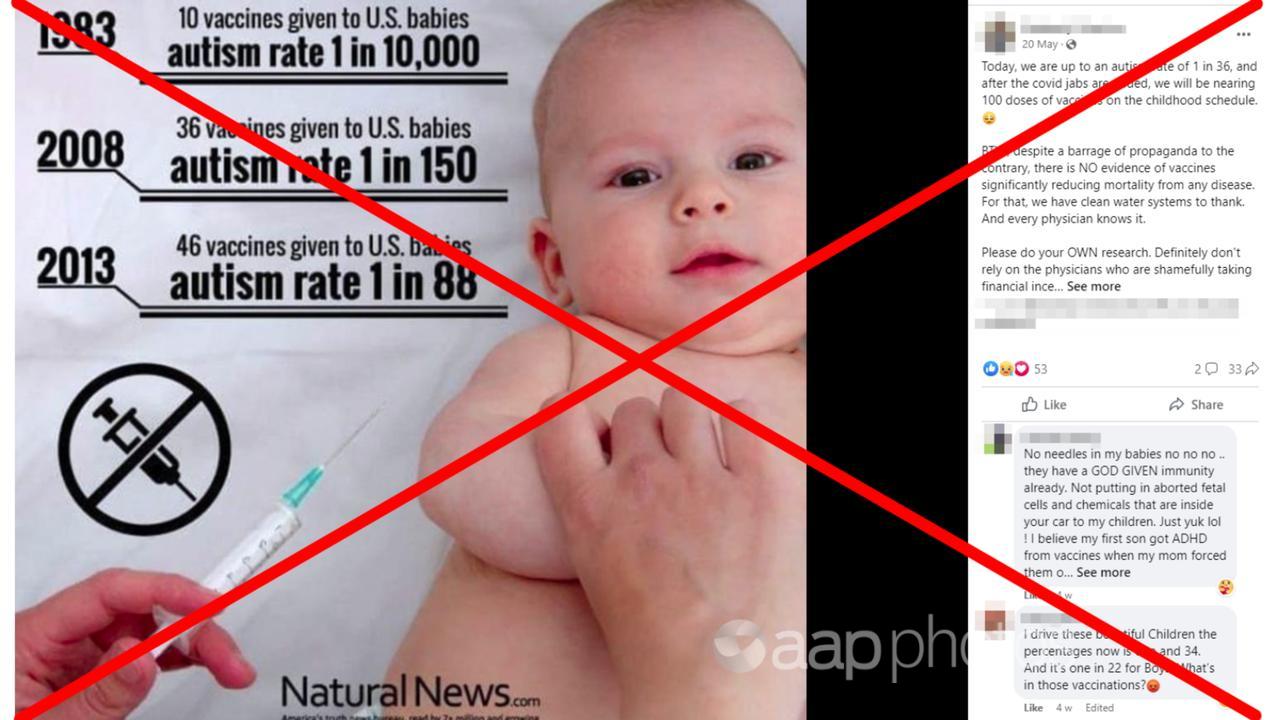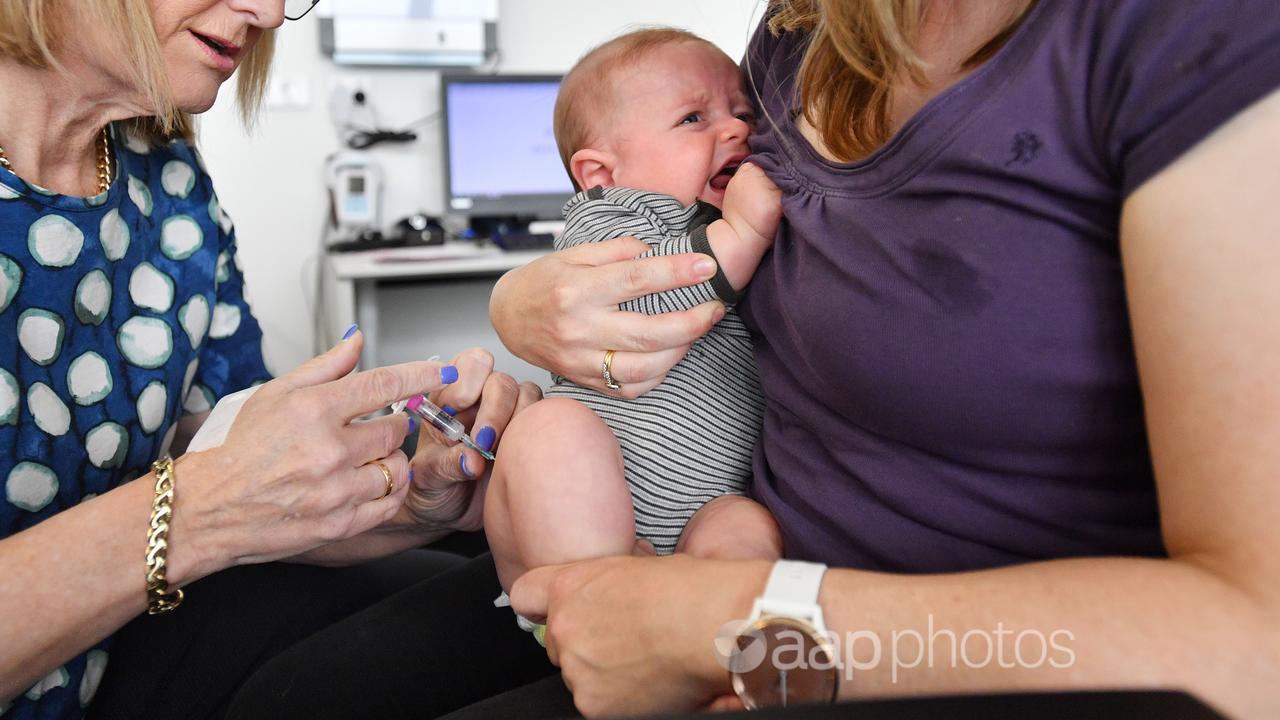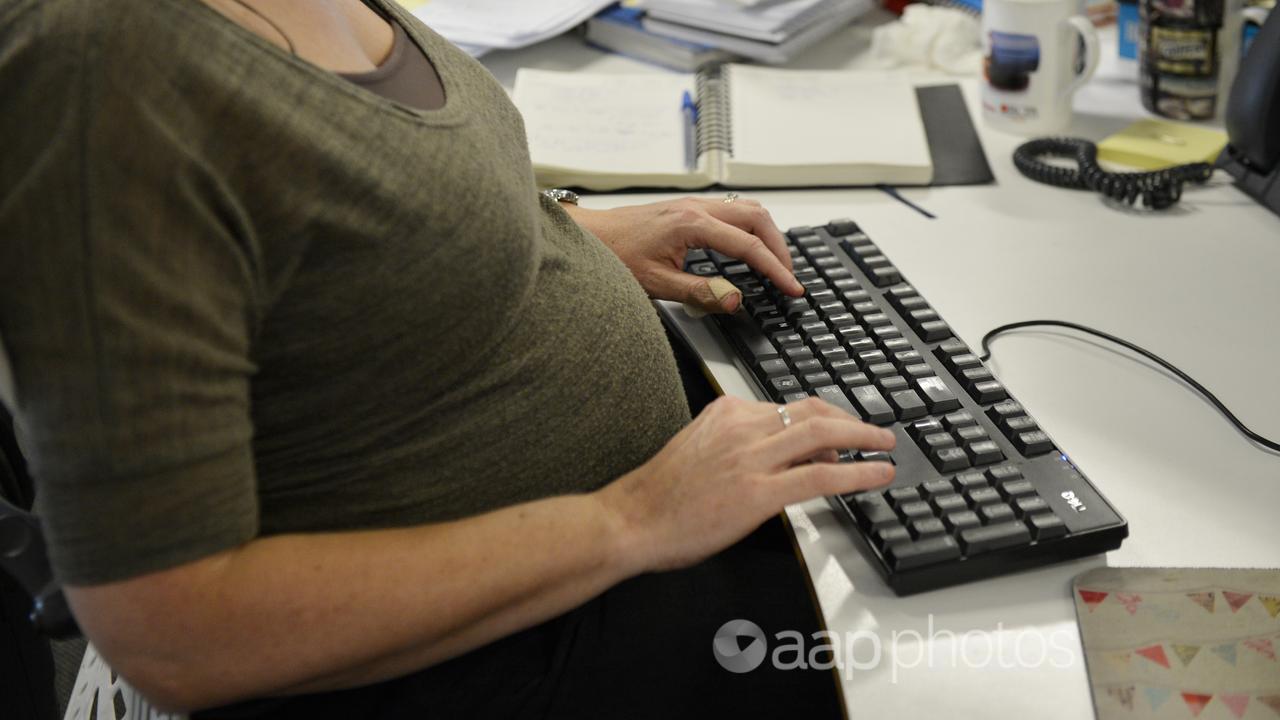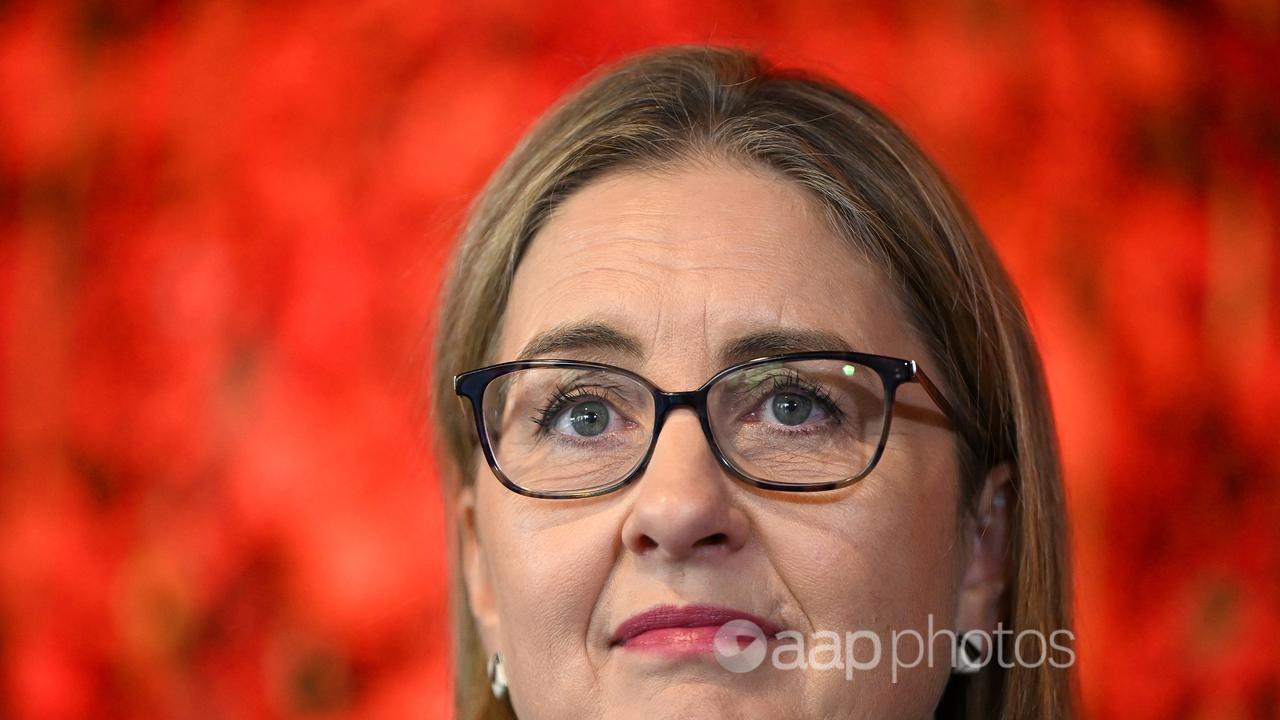A Facebook post claims an increase in childhood vaccinations is responsible for a dramatic rise in the rate of autism since the 1980s.
The claim is false. Experts told AAP FactCheck the rise is due to a broader diagnostic criteria and an improved understanding of the condition.
Numerous studies have debunked the claimed link between vaccines and autism.
The post (screenshot here) claims the rate of autism in the US in 1983 was one in 10,000, at a time when babies received 10 vaccines.
It says the rate increased to one in 150 by 2008, with 36 vaccines as part of the vaccination schedule, before reaching one in 88 by 2013, when there were 46 vaccines.
“Today, we are up to an autism rate of 1 in 36, and after the covid jabs are added, we will be nearing 100 doses of vaccines on the childhood schedule,” the post’s caption reads.

There are several problems with the post.
Firstly, the numbers cited for autism prevalence are not entirely accurate.
Autism prevalence in the 1980s was estimated at 4-10 children per 10,000, not one in 10,000.
However, it is true autism prevalence in the US was estimated to be one in 36 children in 2020.
But the supposed increase has nothing to do with vaccination.
Experts say there hasn’t been a vast increase in the number of people with autism. Instead, the condition was under-diagnosed until recent years and screening has greatly improved.
Professor Adam Guastella, chair of Child and Youth Mental Health at Sydney Children’s Hospital at Westmead, told AAP FactCheck it was nonsense to link the increase to vaccines.
“It is like saying that people use telephones a whole lot more now so there must be a brain development issue that makes people use telephones since 2007,” Prof Guastella said.
“Over the last two decades, awareness, assessments and diagnostic criteria have changed and that is the main reason for the increase – just like the invention of the smartphone has changed telephone usage.”

This 2013 University of Utah-led study, which re-examined historical autism data, showed the increase was likely due to better diagnostic criteria and an improved understanding of autism.
“Several important factors known to raise the measured ASD (autism spectrum disorder) prevalence rate reflect a change in ASD recognition as well as clinical and surveillance practice rather than a true increase in the incidence of the disorder,” it states.
In particular, the diagnostic criteria for autism has become broader.
For example, infantile autism was only recognised in 1980 as a distinct condition in the US’s Diagnostic And Statistical Manual Of Mental Disorders.
The diagnostic criteria became broader with new versions of the manual as the understanding of autism increased.
In the University of Utah study, 64 of 108 children initially classified as not having autism in the 1980s would have been diagnosed using modern criteria.
Professor Sandra Jones, an autism researcher from Australian Catholic University, told AAP FactCheck the changes enabled people with ASD to receive support.
“Many autistic people would previously have been misdiagnosed with another condition, or not diagnosed at all – and thus spent their lives struggling to understand themselves and to be understood and accepted by those around them.”

It is also thought environmental factors have contributed to increased rates of autism. In particular, having children later in life has been linked and has become more prevalent since the 1980s.
Access to medical care has also played a role in more people being diagnosed.
Evidence also suggests if people are aware of autism or know someone who is autistic they are more likely to seek treatment.
The post also exaggerates the number of vaccines in the US childhood schedule.
Although there are often multiple doses for a specific vaccine, the total number falls well short of what is claimed. Australia has a comparable vaccine schedule to the US.
The claim vaccines are responsible for an increase in autism rates has been repeatedly debunked, see here, here, here and here.
Multiple studies disprove the link, see here, here, here, here and here.
The Verdict
The claim autism rates have gone from one in 10,000 to one in 36 in line with an increase in childhood vaccines is false.
Multiple studies prove vaccines are not linked to an increase in autism. Experts told AAP FactCheck the increase is largely due to a greater understanding of the condition and a broader diagnostic criteria, leading to more people getting the help they need.
False – The claim is inaccurate.
AAP FactCheck is an accredited member of the International Fact-Checking Network. To keep up with our latest fact checks, follow us on Facebook, Twitter and Instagram.
All information, text and images included on the AAP Websites is for personal use only and may not be re-written, copied, re-sold or re-distributed, framed, linked, shared onto social media or otherwise used whether for compensation of any kind or not, unless you have the prior written permission of AAP. For more information, please refer to our standard terms and conditions.


















